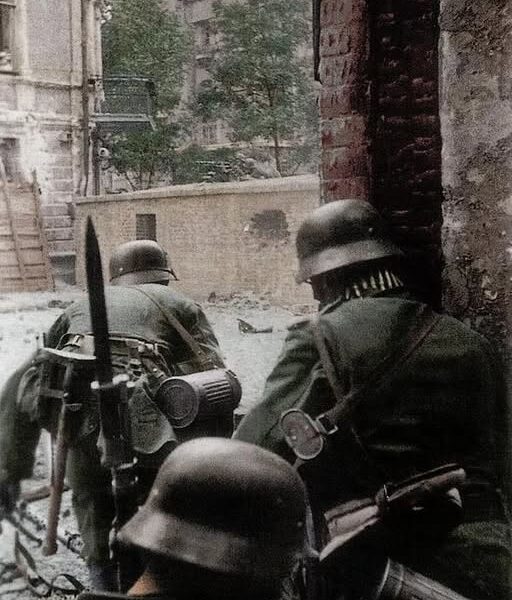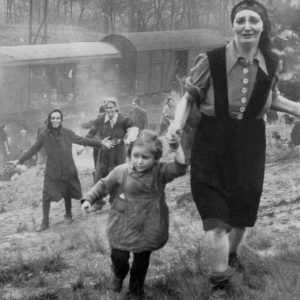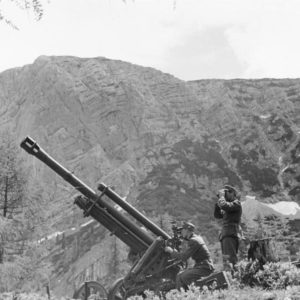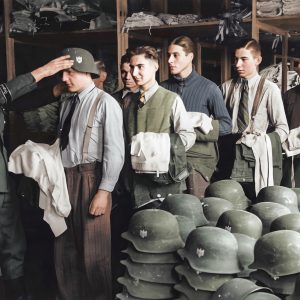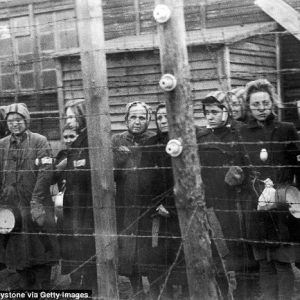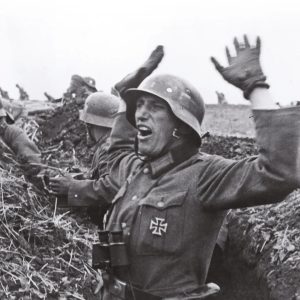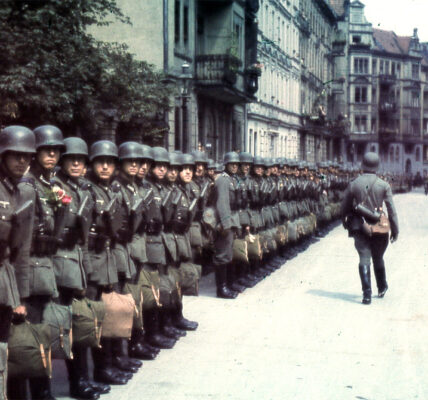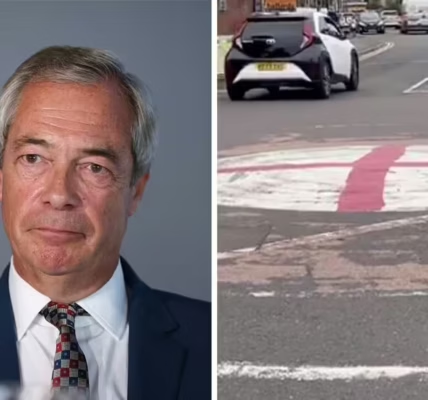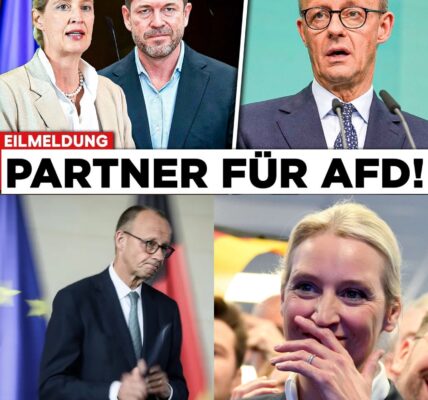

From the spring of 1944, German forces were pushed back through Eastern Europe by the Russians. They went from holding conquered territory to desperately defending their homeland.
One of the divisions that took part in the struggle was Panzergrenadier Division Grossdeutschland.
Greater Germany
Grossdeutschland was an elite unit that had been serving for some time on the Eastern Front. In March 1944, a significant figure was added to its ranks.
Willi Langkeit was one of the greatest German tank commanders of the war. He had earned an Iron Cross for his service in Poland and had been part of the western operations of 1940. He spent most of the war fighting the Russians. His career there featured a series of injuries, awards, and promotions. Some of his best work came in the fighting around Rostov. He had a reputation for bravery.
In March 1944, Langkeit joined Grossdeutschland as commander of the division’s panzer regiment.
Withdrawal Through Romania
When Langkeit arrived, Grossdeutschland was operating in Romania. There, the unit provided a rearguard for retreating German forces. Romania’s oil fields were vital to the German war effort, and their loss would be a huge blow for the Reich. To lose troops as well as the oil would be even worse.
On April 26, the Russians launched a massive assault. Twenty infantry divisions and an enormous number of tanks struck the German lines. Grossdeutschland’s panzer regiment partook in a four-day battle that eventually exhausted the Soviets, compelling them to stop and rest.
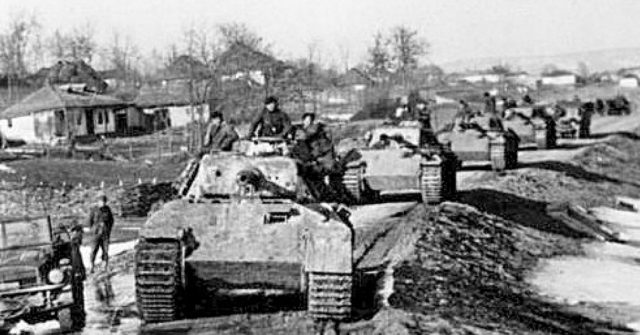
There was no time for Langkeit and his tanks to regroup. The German General Manteuffel launched a counterattack in which the tanks played a leading part. The Russians were sent reeling. In one engagement alone, the Grossdeutschland Panzer regiment destroyed 56 enemy tanks.
Reorganisation
By the autumn, Grossdeutschland was fighting against enemy advances in East Prussia. The collapse of the Eastern Front was a real possibility.
The German solution was the creation of “super fire brigades.” The small but powerful battle groups were expected to have greater flexibility in dealing with a changing situation.
Grossdeutschland’s officers built a strong all-arms battle group around their super fire brigade.
Failed Defences
The new brigades were to be used alongside the Tirschtiegel defensive positions. The Tirschtiegel was a system of field fortifications built around lakes east of the Oder River which was part of the border between Germany and Poland. The defenses were intended to give the fire brigades time to regroup and attack the Russians as they advanced.
However, the fortifications were nowhere near strong enough. The job of building them had been given to local Nazi Party officials. Seeing the Russians coming, the officials had fled. The defenses they left were completely inadequate. Built hastily with no real plan, they were little more than a few trenches and dugouts.
The Chaos of Gneisenau
The order to execute the planned reorganization was given. Chaos ensued.
Formations had been created with officers but no soldiers. Others had soldiers but no commanders. Within Grossdeutschland, there were three new formations created, but no-one knew which of them the batteries of the Artillery Training and Replacement School were to join. Langkeit appropriated the artillery for his group.
Meanwhile, men had to be found to build and defend the Tirschtiegel line while the fire brigades launched attacks. The only available troops were poorly armed and trained local militias.
The middle of January 1945 was a period of panic for the Germans, but some order was finally attained.
Using What They Had
During it all, men such as Langkeit and Hudel, his panzer commander, improvised whatever solutions they could. They raided training depots and factories, taking whatever armored vehicles were there. They obtained an assortment of panzers, some without turrets or guns, others fuelled by charcoal gas instead of petrol.
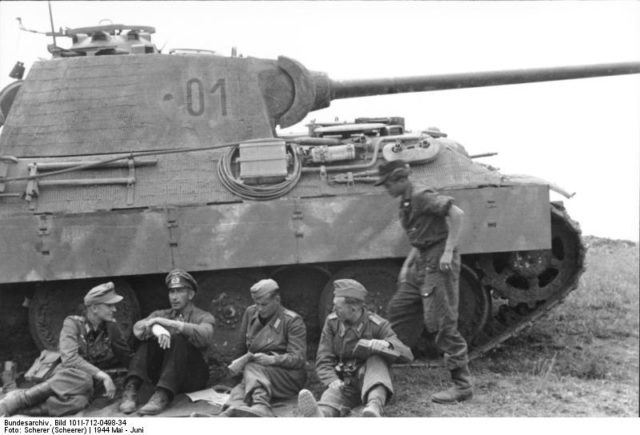
Their men were also a jumbled assortment. They grabbed troops wherever they could, including stopping trains and commandeering the soldiers being transported on them.
As a result, Grossdeutschland, once one of the most prestigious units in the German army, included men who had never worked together, some of them driving incomplete tanks.
Uninformed and Divided
German high command, not grounded in the realities of the front, expected the new formations not only to defend the homeland but to launch attacks. Langkeit’s strike group was to attack Russian forces driving toward the Baltic, then regroup for their next mission.
The Russians were moving fast, and the Germans were short on information. They did not know where their enemies were. Sometimes their only intelligence came from convoys of terrified refugees who were clogging the roads.
German units were scattered across the countryside, many of them isolated and struggling to contact their comrades and commanders.
The Rep
When Langkeit tried to follow his orders, his fire brigade became one of those isolated units. As his formation advanced toward Reppen, their stopping point on the way north-east, they were surrounded by Soviet forces. Through a heroic effort, they linked up with SS troops in Reppen. Other German soldiers in the area gathered around them.
An attempt to break out along the main road from Reppen was a failure. The route was clogged with other vehicles. Not enough tanks could get along it for a breakout.

Russian bombardments destroyed the town, leaving the demoralized troops defending ruins.
Langkeit made a desperate move; a breakout through the woods. During three days of intense fighting, his troops broke through the Russian encirclement. A stream of military and civilian vehicles poured through behind them, heading for Frankfurt.
Reorganizing in the Face of Disaster
As he was making the breakout, Langkeit learned his unit was part of yet another reorganization. He and the rest of Grossdeutschland fought on in a series of courageous operations around the Oder. Meanwhile, their superiors were reorganizing the army as Germany burned.
